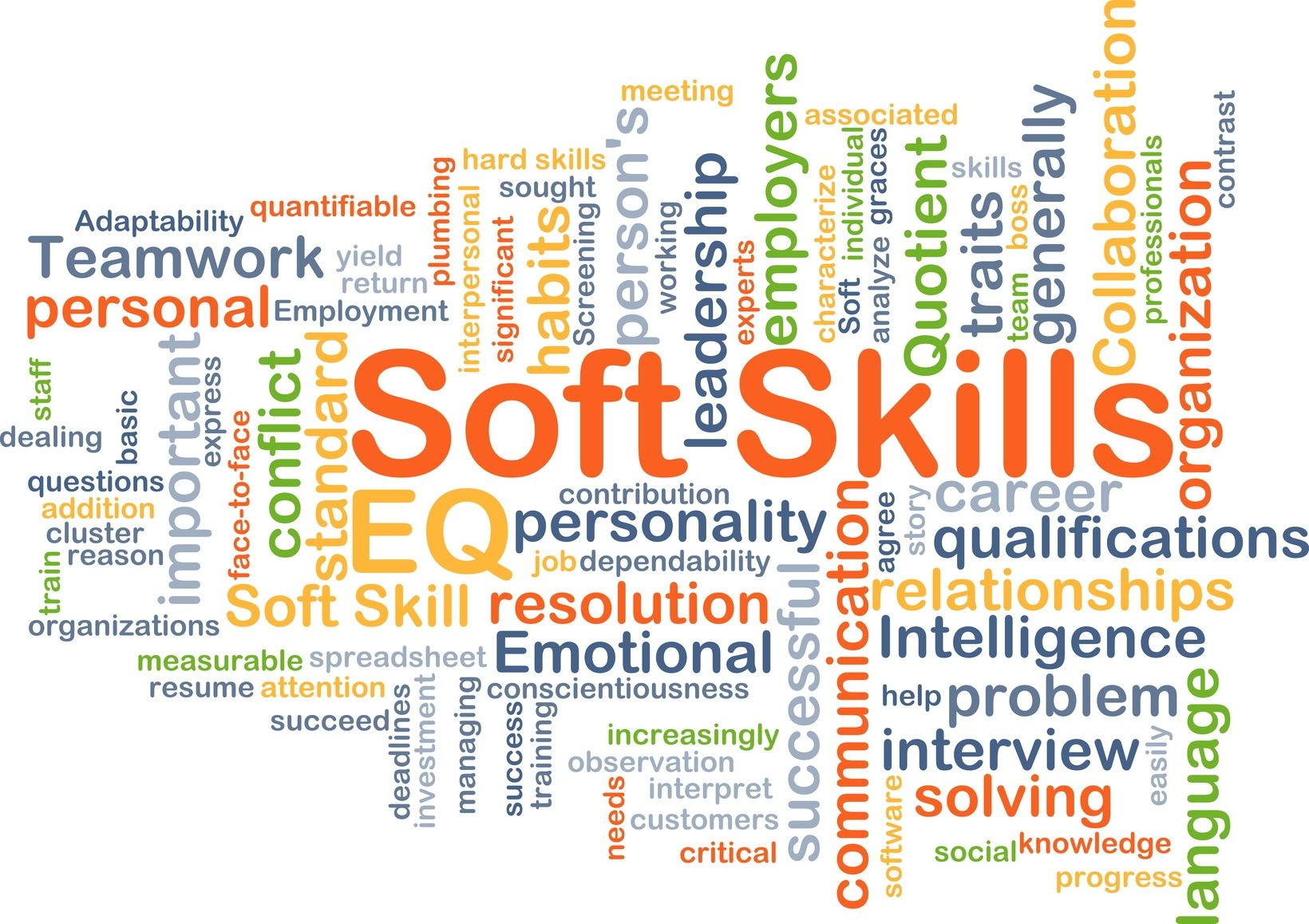5 Key Soft Skills for IT Business Analysts
Business analysts play a critical role in the project management life cycle. Especially when the projects being managed are technical in nature. Success or failure of the project manager and team sometimes relies on the skills this individual brings to the table and the way they can interact both with the technical project team and the project client.
What soft skills does a technical business analyst need to help ensure the success of the project engagement? It depends, of course, on several factors. The needs and experience levels of the project manager and technical team members. The needs of other key project stakeholders. And of course, the needs and – most likely – the technical skill level, understanding and competence of the project customer with regards to the solution that is to be delivered. Often the business analyst is that final interpretation and documentation point of those critical project requirements. The business analyst should be at the middle of the definition of those key requirements.
Let’s examine what I consider to be the top 5 key soft skills of IT business analysts when working on technical project solutions with the project team and customer.
Negotiation. The art of negotiation. It’s not an easy one and it’s not for everyone. It takes confidence, connections, proactive thinking, and a solid understanding of the other party’s needs. That’s where the technical business analyst needs to thrive. As they are continually working through the technical side of the project with the project client – acting as a constant interface to the client and as a liaison to and interpreter for the tech lead and development team as well as a administrative support role for the project manager (yes, that is three hats on most projects), they have the best understanding of client needs vs. delivery team capabilities. That’s where negotiation comes in. They need to be able to see where new business might be negotiated with the project client as well as where project changes may need to be negotiated to combat scheduling conflicts.
Meeting management. As with any professional position, the business analyst will be well served to be a good meeting manager. Besides participating on regular project status meetings led by the project manager, the BA will be conducting many project meetings throughout the project engagement. These include meetings to discuss and define design and planning issues as well as functional design and project requirements with the client. They will also be conducting many team meetings with the developers as they transfer and translate ongoing customer needs and requests. Efficient and effective project meeting management will keep attendees coming and keep meetings productive.
Conflict resolution. Hopefully this skill isn’t needed often, but that always depends on the team and the project – and possibly the customer. The complexity of work can bring conflicts on the team. The business analyst who can work cohesively with the project team can help wade through the conflicts and help project team members realize they are working on a common project goal and keep them focused on that.
Listening skills. Listening skills are critical for the BA. Both in terms of dealing with the wants, needs and requests of the project client and listening to the concerns and needs of the technical project team members. Proper understanding of client processes and needs is critical to proper documentation and understanding of those always important detailed project requirements – and the BA’s listening skills are at the heart of that understanding. Requirements are the lifeblood of the project – poorly documented or understood project requirements have doomed many a project. Success is hard enough as it is – listening skills are critical for the BA to avoid this potential pitfall.
Communication. Finally, communication. I realize that listening is part of communication, but here I’m talking about the other side. The business analyst needs to be a master at interpreting what they hear and accurately relaying it to those with whom they are connecting. The BA is often a go-between on many aspects of the project as already discussed. If any of that critical information falls between the cracks, it can lead to nightmares, missed deadlines, re-work, and budgetary issues. And, likely, ultimately project failure and delivery of a solution that doesn’t work for the client’s end users.
One other key communication point is how the business analyst communicates with the project customer. Communication throughout the engagement can determine the customer’s ongoing confidence in and satisfaction with the delivery team’s work and ability to deliver on the project. A BA who is only working closely with the project team and project manager may cause concern with the project client. A technical BA who is “on it” and shows great understanding of the client’s needs, concerns, and requirements keeps the project customer’s confidence high, their satisfaction at a desirable level, and their readiness to continue to do business on other work with the delivery organization likely. In reality they are an extremely critical interactive position with the project customer and the area of communication is of utmost importance. I always say it is Job #1 for the project manager. Likewise, I believe the same of the business analyst. It is an absolutely must-have soft skill for a BA on projects of any complexity.
Summary / call for feedback
I’m not saying a project can’t survive without a skilled business analyst. I am saying that I would not want to be leading a project of significant size and complexity without an experienced technically skilled and knowledgeable business analyst working alongside me helping me lead the project and engage the client.
How about our readers? What are your thoughts on the soft skills of the business analyst? Does this list work for you? What other items would you add to it that you see as key tools the business analyst needs to bring to the technical projects they are working on with the project team? What role are business analysts expected to play on your project management teams? How much interaction with the project customer and how much technical acumen is expected of this position?




